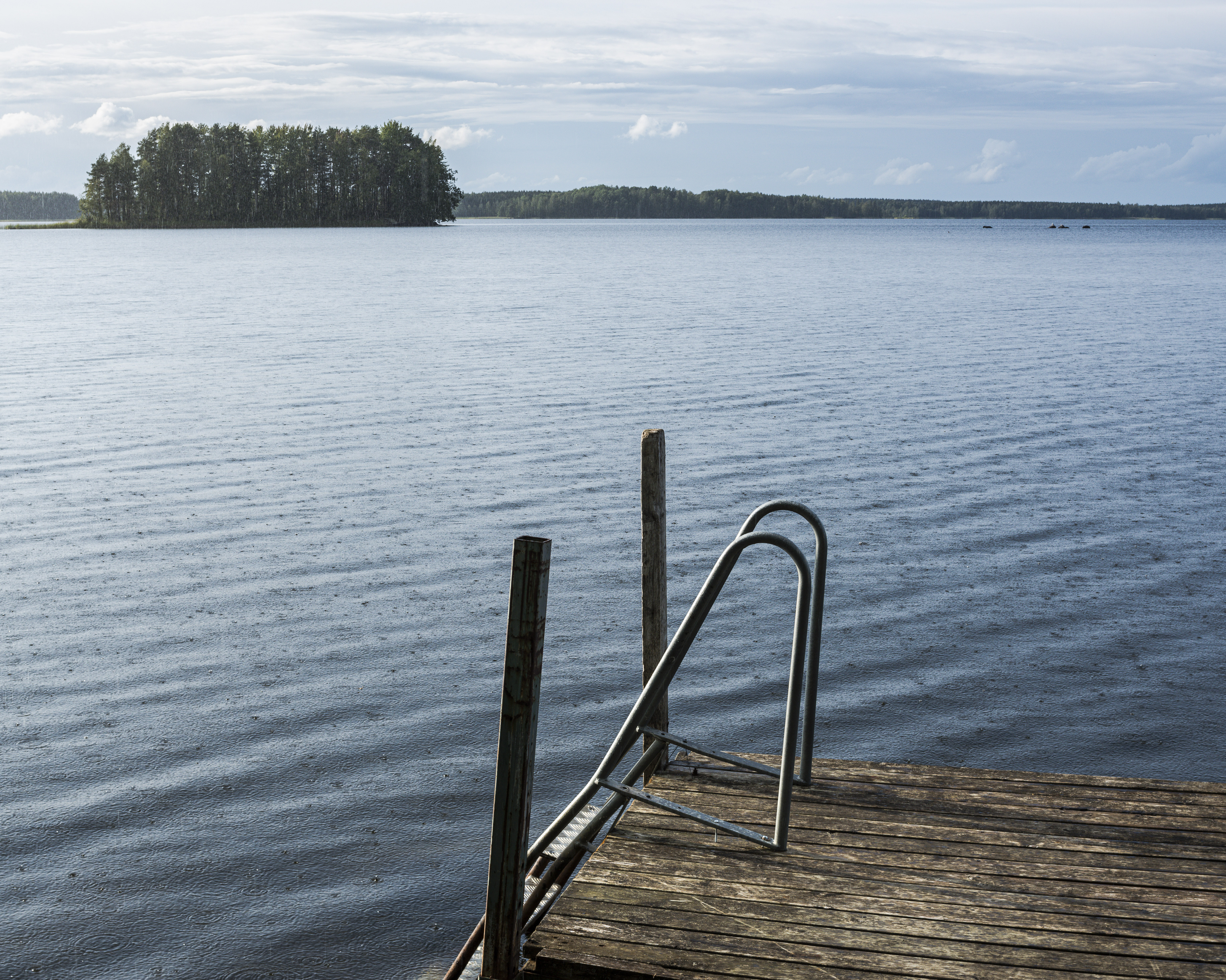v

Henrik Duncker: Suomea sattumoisin
6.8.-30.8.2021
After the turn of the century, Duncker's travels for photography were mainly located in Baltia and other foreign countries, and he wanted to update his mental image of Finland. Whereas his previous photographic projects in Finland - like Hay on the Highway and If Nokia were a place… - were focused on a specific location and inspected his image of Finland through objects (Pahka-Suomi), he was interested in creating a larger photo collection of Finland.
In 2016 Duncker took photos of the street in Kaunas as a resident artist, and in the summer of 2018 he kickstarted a project in Latvia, where he would photograph the 120km long spot of land where the railway between Liepāja and Ventspils had once stood. In the autumn of 2018 he walked the central road of Riga, Brīvības iela, from one end to the other while taking photos with an iPhone and sending them to a gallery, where an assistant printed and hung up the pictures as they were received. Inspired by the process and interested in applying this method to taking photos of national landscapes, Duncker wanted to work in a similar fashion in his project in Finland.
The national landscape as a concept is relatively new and might have not been used before 1987, when it was mentioned in an article about Koli. The landscape as a national symbol had certainly been inspected before as the feeling of nationality had grown, and in the late 19th century geographers started an initiative to photograph the sights and landscapes of Finland. In their National Landscapes Raport in the mid-90's, Ministery of the Environment named 27 specific national landscapes: it included sites from each landscape county, different sections of the national culture, and different stages of Finnish national history. As said in the report: "Ministery of the Environment hopes for a wide discussion among citizens about protecting not only our national landscapes but our other precious landscapes as well, and about how we define the landscapes that feature the unique features of our nation in general. The national landscape is a cultural agreement that each time period will have to check."
Duncker wondered whether he could answer the Ministery of the Environment's initiative by creating an alternative collection of "national landscapes" by taking random shots. He chose the locations for his photos by using a randomized algorithm. The algorithm was created by Marko Kallio, who combines geoinformatics and socioeconomics in his doctorate studies. Duncker let the algorithm throw him in a specific spot: "I straighten my spine, I dust off my clothes and start observing the environment near the spot with curiosity and attentiveness." He began his shoot in late winter of 2019 and by June of 2021, he had shot over 70 locations.